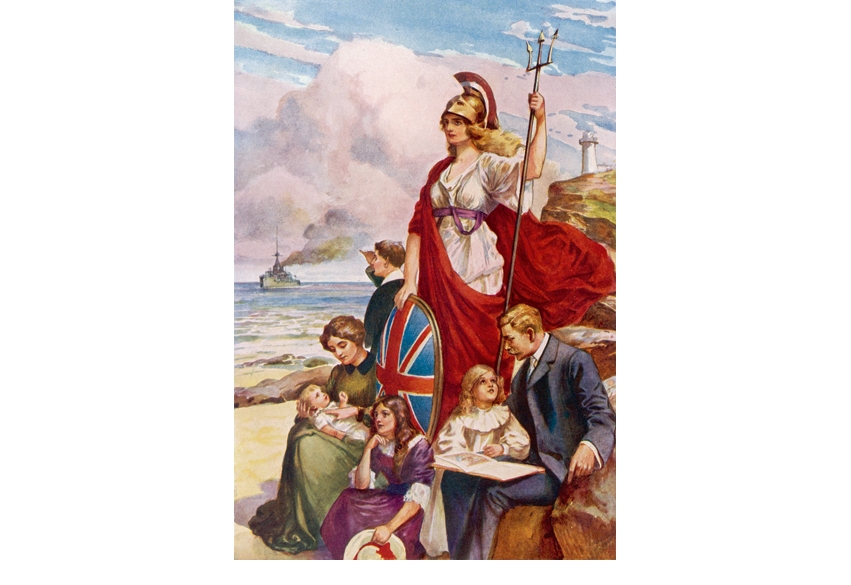An escaped convict who took part in a slave-ship mutiny and a Liverpudlian banker hungry for land in a north-eastern pit village are the main characters of this novel set in 1767, which is a sequel to Sacred Hunger, Barry Unsworth’s excellent, Booker-sharing yarn about the slave trade (it and The English Patient won in 1992). The convict, Sullivan, is an Irish fiddler who slips out of Newgate and makes for Durham, where he hopes to find the family of Billy Blair, a dead shipmate and fellow mutineer. In the earlier book, Sullivan and Blair rose up against their captain as, en route to the Caribbean, he prepared to toss overboard sick slaves who would fetch more in insurance than on sale. The rebels and their African captives wound up in the Florida jungle, where they lived for 12 years as equals (ish), to the chagrin of Kemp — the banker whose suicidally debt-ridden father funded the voyage.
Kemp, in the belief that Sullivan et al stole his father’s cargo, crossed the Atlantic to bring the ship’s crew before the law. The new book begins with him eager to see them hanged, while Sullivan suffers various pratfalls on the road to Durham, as apparent well-wishers con him out of what few pennies he has.
Two other plot strands concern characters not present in Sacred Hunger: a miner named Bordon, who longs to own a plot of land; and a London-based abolitionist, Ashton, who seeks a landmark ruling in an abduction trial that could kill the slave trade. The novel makes no bones about the coincidences required to bring together these storylines, which cluster around Kemp: he takes a fancy to both Bordon’s mine (its struggling owner needs a loan) and Ashton’s sister, Jane.
Crisp dialogue and pastiche-free diction were among Sacred Hunger’s virtues. Vocabulary continues to receive care here (one chapter begins, ‘Kemp issued from his house and engaged a sedan’), but, for the most part, Unsworth’s 17th book since 1966 feels sketchy. Some of its 39 short chapters are bulletin-brisk, and one or two are bulked out with redundant chat, as when Ashton tells Jane what someone else just told him (and us).
Unless I’m being dense, the novel simply abandons a subplot in which one ex-shipmate seeks revenge on another. Characters often talk as if they suspect someone might be eavesdropping, and, with the exception of Bordon’s
beefy son Michael, who squares up to a pit bully and triumphs in an inter-village handball contest, there’s little sense that the new cast has much of a life beyond their plot function: Ashton is a sock puppet for his cause, his sister a limp love interest.
These flaws of craft weaken the publishers’ claim that The Quality of Mercy is a ‘stand-alone sequel’. If the characters we meet for the first time are thin, the ones we meet again must be engaged with via dully précised backstory. As such, the climax, an inevitable Kemp/Sullivan face-off, risks falling flat with those who haven’t read the first book; likewise, the fiddler’s vow to visit Billy’s relatives is poignant if you saw their relationship develop over the 630 pages of Sacred Hunger, but less so (I bet) if you didn’t. A fleet of clichés doesn’t help, the most brazen — in the contrast between the Durham miners and their boss — being the notion that wealth connotes lovelessness, while poverty equals fulfilment.
The best thing about The Quality of Mercy is that it prompts you to revisit its predecessor, probably one of the finest historical novels there is.






Comments